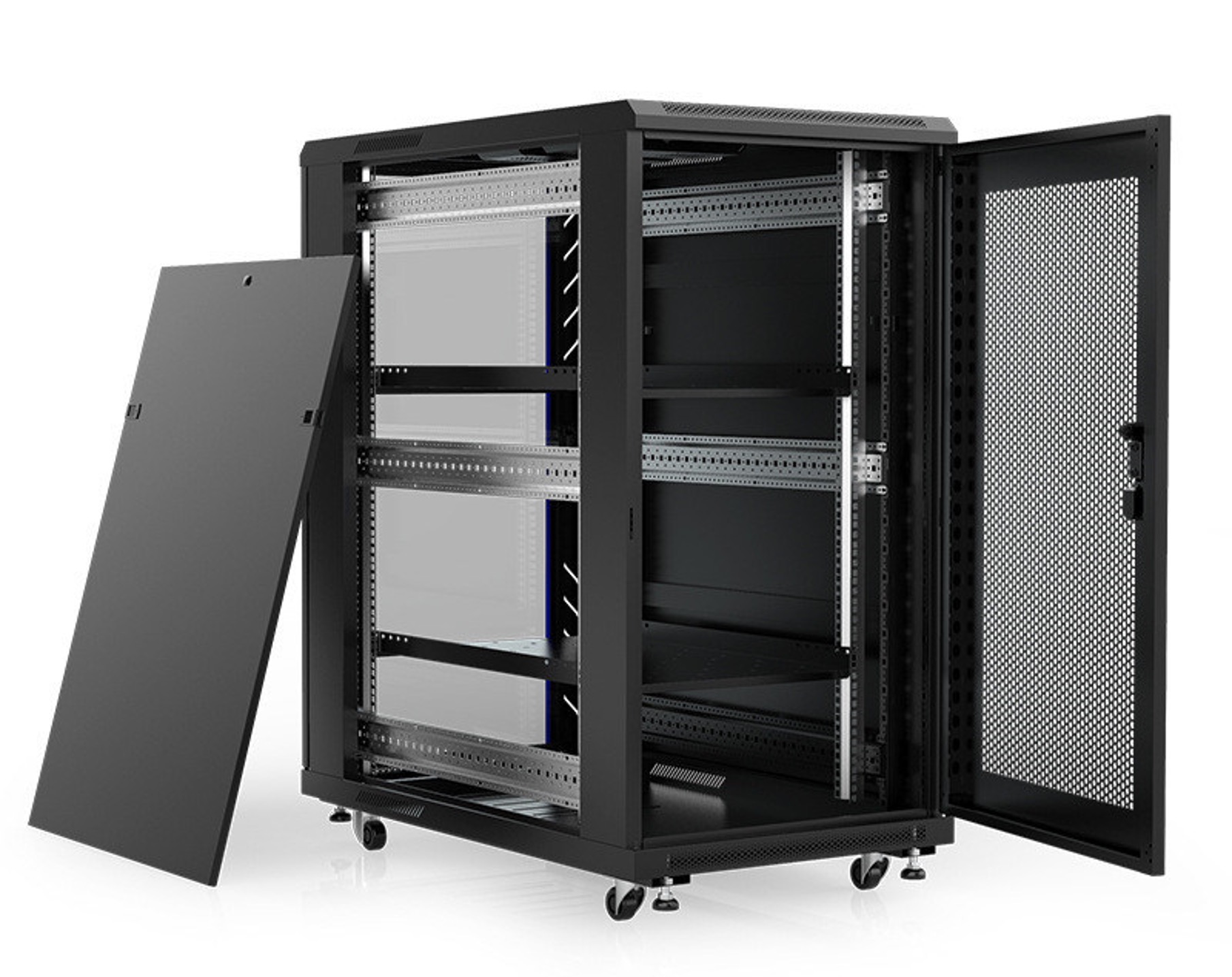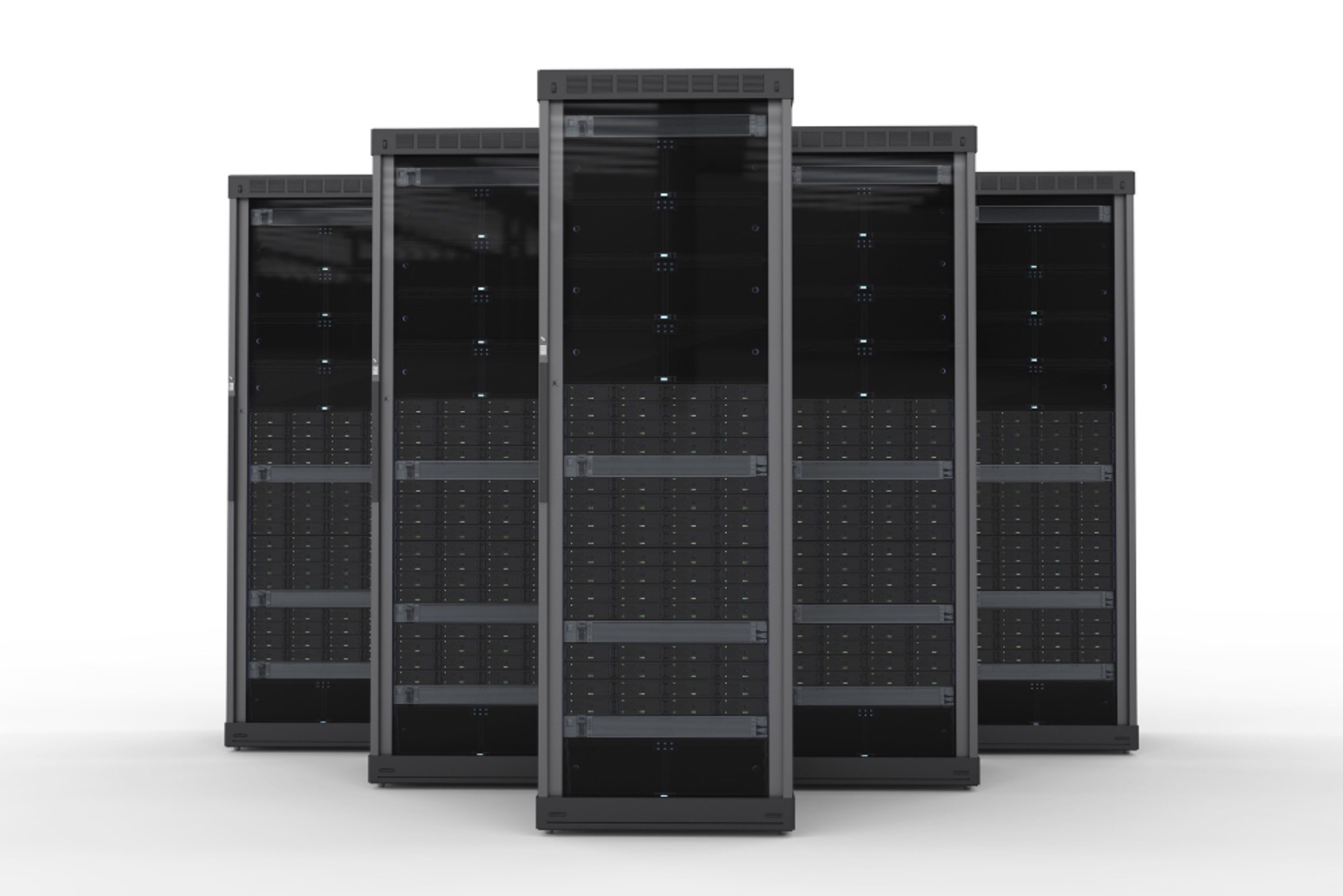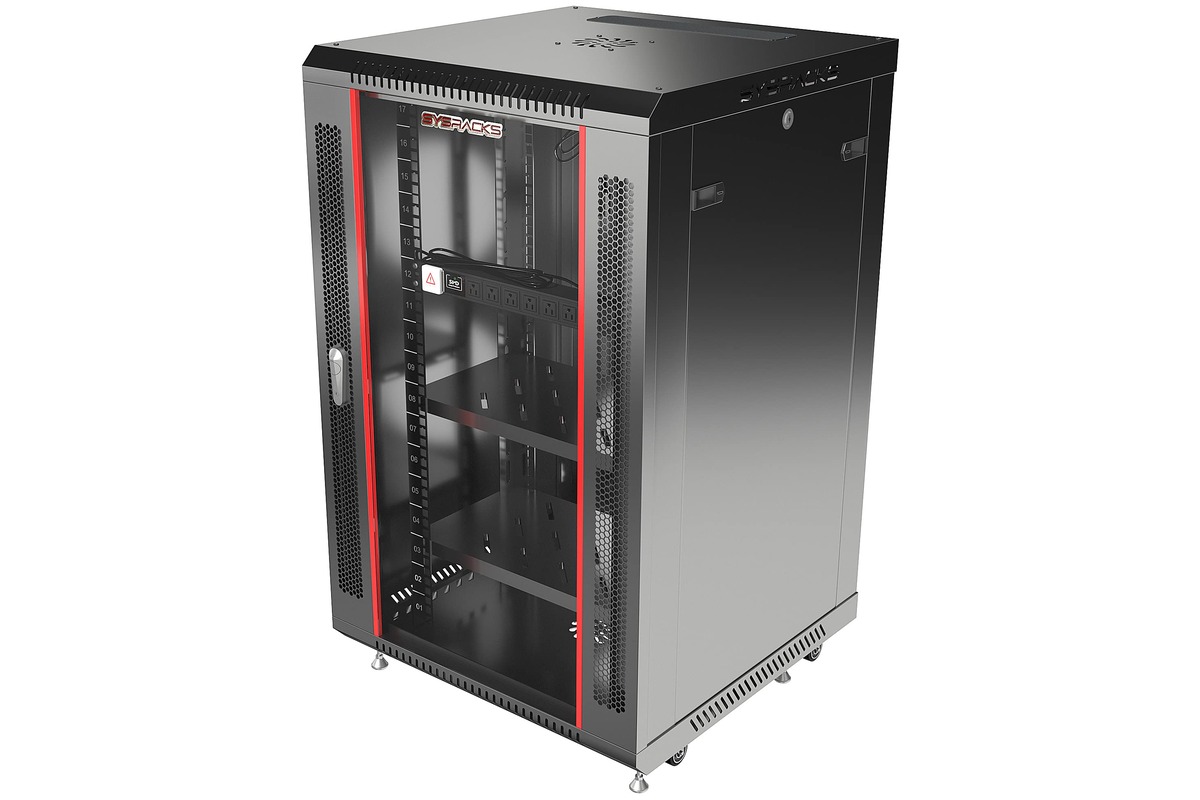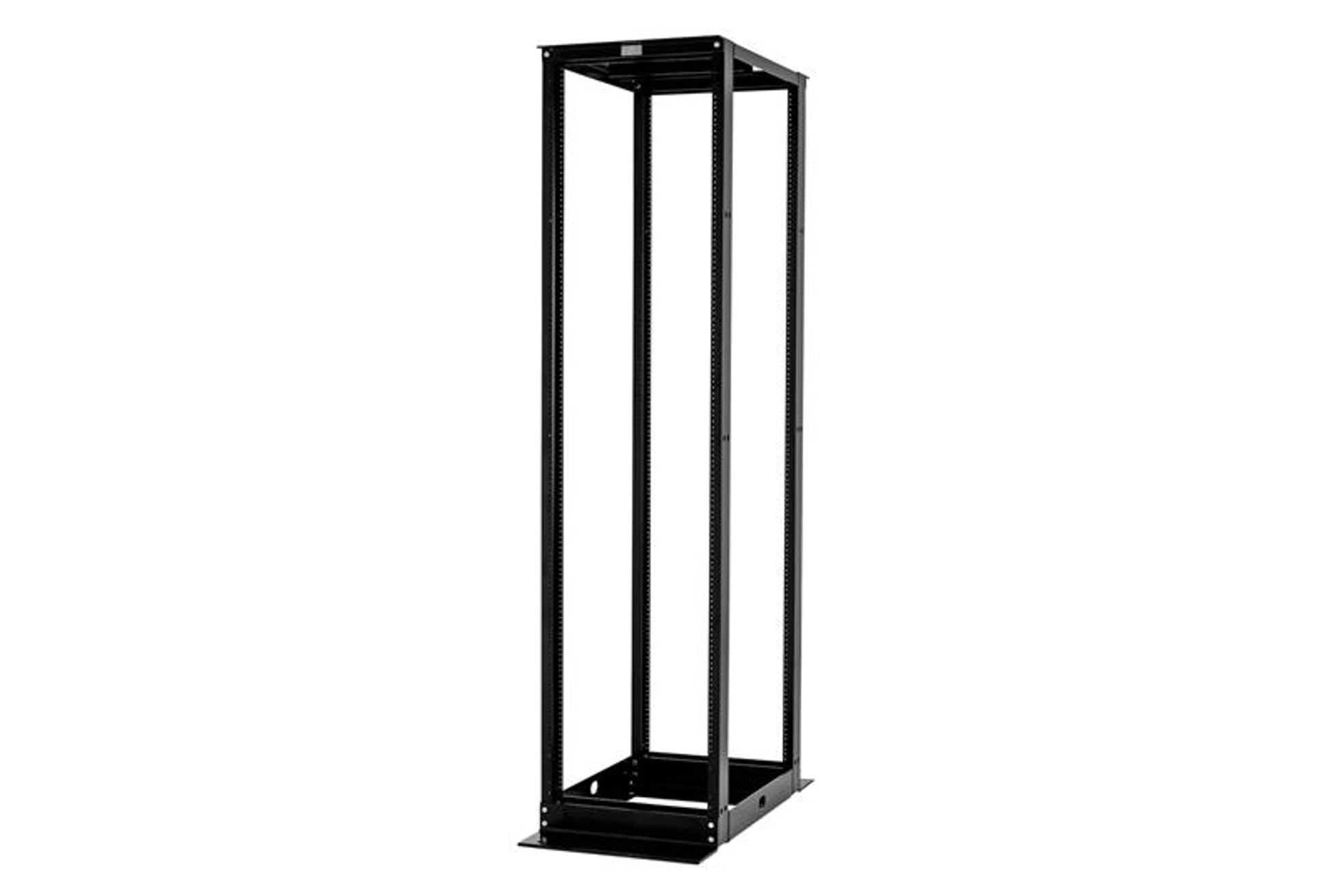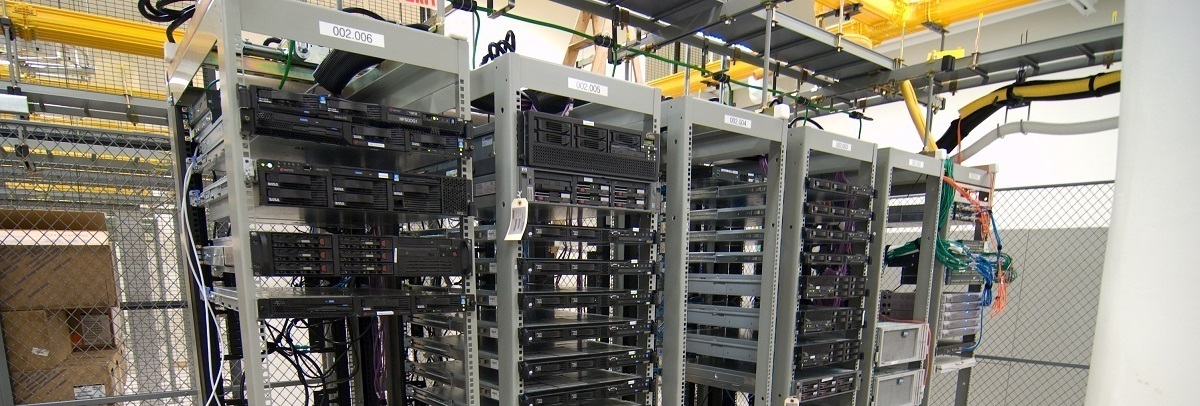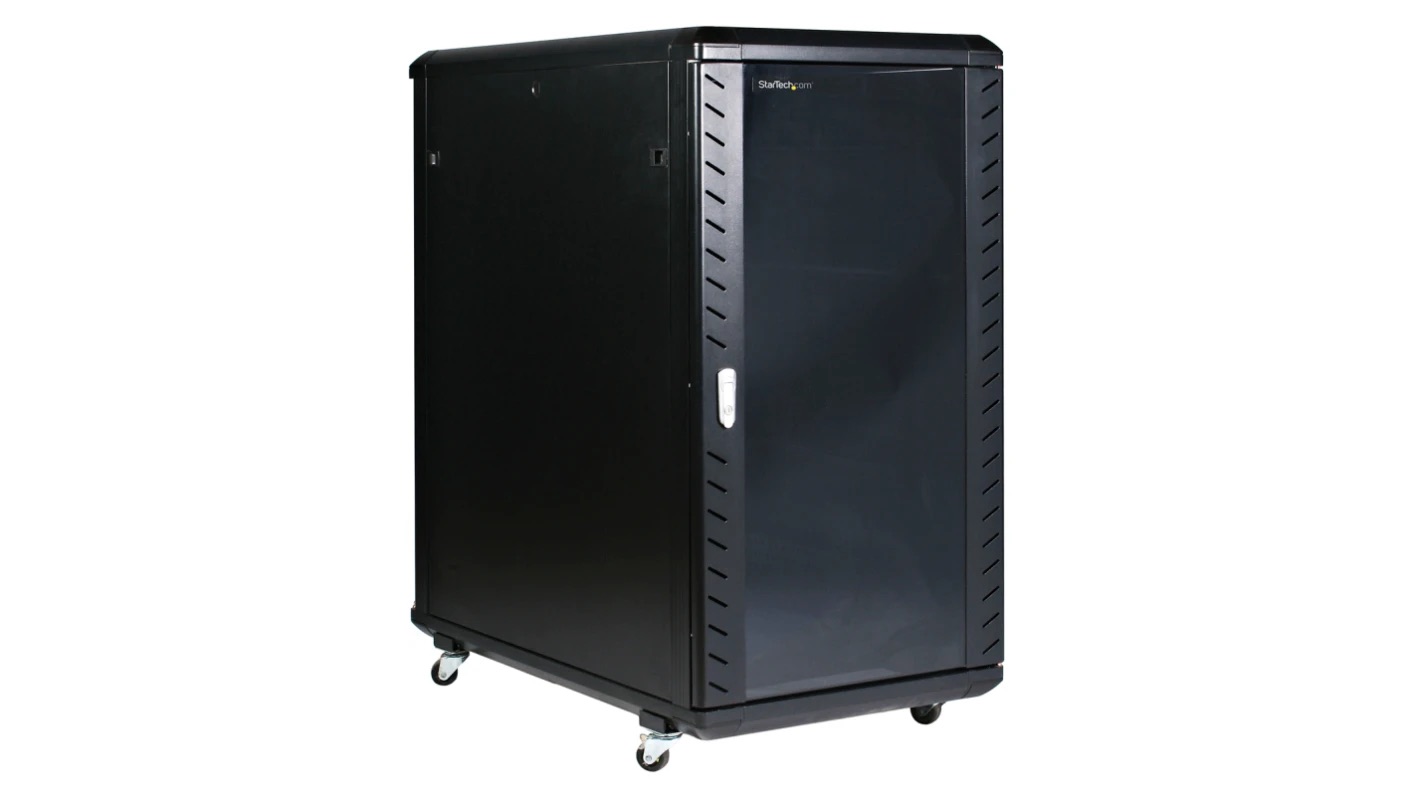Introduction
Welcome to our article on understanding the height of a 42U server rack. In today’s digital age, data centers play a crucial role in housing and managing vast amounts of information. Within data centers, server racks serve as the backbone, providing the necessary infrastructure to accommodate multiple servers, networking equipment, and storage devices. The height of a server rack is a critical factor when it comes to efficient space utilization and organization within these data centers.
In this article, we will explore the concept of “U” in server rack measurement and delve into the standard height of a server rack. Specifically, we will focus on the height of a 42U server rack, which is a popular choice in many data centers. Furthermore, we will discuss variations in height measurements and factors that can affect the actual height of a server rack.
Understanding the height of a 42U server rack is essential for data center administrators, network engineers, and IT professionals. By gaining insights into the dimensions and applications of 42U server racks, you can make informed decisions when it comes to designing, organizing, and maintaining data center infrastructures.
So, whether you are a professional in the field or simply curious to learn more about server rack heights, join us as we explore the ins and outs of a 42U server rack. Let’s dive in!
Understanding U in Server Rack Measurement
When it comes to server rack measurement, the term “U” is commonly used. “U” stands for “unit” and refers to the height of a server rack. Each U represents 1.75 inches, which is equivalent to 44.45 millimeters. The U measurement is a standardized unit that helps ensure compatibility and consistency across different brands and models of server racks.
The height of a server rack is determined by the number of Us it contains. For example, a 1U server rack would have a height of 1.75 inches, while a 2U server rack would have a height of 3.5 inches. Most server racks are available in standard U sizes, ranging from 1U to 48U.
Using the U measurement allows for efficient use of space in data centers. It enables IT professionals to stack and mount equipment at specific intervals, making it easier to organize and manage server configurations. Additionally, the U measurement provides a standardized reference point for accessories such as shelves, cable management panels, and patch panels, ensuring compatibility and easy installation.
It is important to note that the U measurement pertains to the vertical height of the server rack and does not consider other dimensions such as width and depth. Server racks typically have a standard width of 19 inches, allowing for easy compatibility with networking and server equipment. The depth of server racks can vary depending on the specific needs and design of the data center.
By understanding the U measurement in server rack systems, IT professionals can efficiently plan and utilize space within their data centers. Whether it’s for expanding existing infrastructure or setting up a new data center, having a clear understanding of the U measurement ensures a streamlined and organized approach to managing server equipment.
Standard Height of a Server Rack
When it comes to server racks, there is a widely accepted standard height that is commonly used in data center environments. This standard height is 42U, which means the server rack is capable of accommodating 42 units of equipment within its vertical space.
At a height of 42U, a server rack typically measures around 73.5 inches or 1867 millimeters. This provides ample vertical space to house a substantial number of servers, switches, routers, and other networking equipment.
The choice of a 42U server rack as the standard height is influenced by several factors. Firstly, a 42U server rack strikes a balance between capacity and practicality. It offers enough space to accommodate a significant number of equipment while still being manageable in terms of installation, maintenance, and airflow management.
Secondly, the 42U standard height allows for better compatibility and integration with other components in the data center ecosystem. Many accessories and infrastructure elements such as cable management panels, power distribution units (PDUs), and cooling units are designed specifically for 42U server racks. This makes it easier to create a cohesive and efficient data center environment.
The 42U server rack has become a popular choice due to its versatility and compatibility. It provides data center operators with the flexibility to house a wide range of equipment, including blade servers, storage arrays, and networking switches. Moreover, the 42U height allows for future scalability, ensuring that there is room for expansion as the needs of the data center grow.
It is important to note that while 42U is considered the standard height for server racks, there are other options available in the market. Some data centers may opt for taller or shorter racks depending on their specific requirements. However, the 42U server rack remains a widely recognized and adopted industry standard due to its optimal balance between capacity, compatibility, and manageability.
In summary, the standard height of a server rack is typically 42U, providing ample space to house a variety of equipment within a data center. This height offers the necessary capacity while maintaining compatibility with other infrastructure components. However, it’s important to understand that other rack heights may also be used based on the unique needs of the data center environment.
Height of a 42U Server Rack
A 42U server rack is a common and popular choice for data centers due to its optimal height and capacity. As mentioned earlier, each U corresponds to 1.75 inches in height, so a 42U server rack measures approximately 73.5 inches or 1867 millimeters from top to bottom.
With its substantial height, a 42U server rack provides ample space to accommodate a wide range of equipment. This includes servers, switches, storage devices, and other networking hardware necessary for efficient data center operations. The vertical space allows for organized layout and easy access to the equipment within the rack.
In terms of visual representation, picture a server rack that stands taller than an average person. This height makes it easy to identify and locate the rack within a data center. It also provides data center technicians and IT professionals with a comfortable working height, making it easier to install, manage, and maintain the equipment housed within the rack.
Furthermore, the height of a 42U server rack allows for effective airflow management. Proper ventilation is crucial in data center environments to prevent overheating and ensure the optimal performance and longevity of the equipment. The vertical space in a 42U rack enables hot air to rise and escape while cool air is efficiently circulated, contributing to the overall cooling efficiency of the data center.
It’s worth noting that the effective usable space in a 42U server rack may be slightly less than the total height. This is due to the inclusion of mounting rails, which are often positioned at the front and rear of the rack to securely hold the equipment. These mounting rails, typically around 1-1.5 inches in depth, reduce the available vertical space slightly but are necessary for proper equipment installation.
In summary, a 42U server rack has a height of approximately 73.5 inches or 1867 millimeters. This height provides ample space to accommodate a wide range of equipment and allows for effective airflow management within a data center. The inclusion of mounting rails slightly reduces the usable space, but they play a crucial role in securely holding the equipment in place. Understanding the height of a 42U server rack is essential for effectively designing and organizing data center infrastructure.
Variations in Height Measurement
While the standard height of a server rack is typically measured in U, there can be variations in how height is measured and represented in different contexts. It’s important to be aware of these variations to ensure accurate communication and understanding between data center professionals, manufacturers, and vendors.
One common variation is the inclusion or exclusion of the rack’s base or leveling feet in the height measurement. In some cases, the height measurement includes the base or leveling feet, while in others, it only accounts for the vertical space available for equipment. It’s crucial to clarify which measurement is being used to avoid any discrepancies in rack selection and installation.
Another variation is the inclusion of the top cover or ceiling clearance in the height measurement. Some server racks come with removable top covers or additional clearance at the top to allow for better airflow and cable management. In these cases, the height measurement may include the total height, including the top cover or ceiling clearance. Again, clarifying the measurement method is vital for accurate rack selection and compatibility.
Additionally, variations may exist in regional or industry-specific standards. While the 42U server rack is widely recognized as the standard height in many regions and industries, there may be specific requirements or preferences that deviate from this standard. For example, some industries may have regulations or guidelines specifying a different standard height for their specific equipment or applications.
It’s essential to consult with manufacturers, vendors, and industry experts to ensure that the height measurement aligns with the specific needs and requirements of the data center. This will help prevent any potential compatibility issues, optimize space utilization, and ensure that the server rack configuration meets the necessary standards and regulations.
In summary, variations in height measurement can exist in different aspects of server rack specifications. These variations include the inclusion or exclusion of the base or leveling feet and the consideration of top cover or ceiling clearance. Additionally, regional or industry-specific standards may introduce different height requirements. To ensure accurate rack selection and compatibility, it’s essential to communicate and clarify the measurement method with manufacturers, vendors, and industry experts.
Factors Affecting the Actual Height
While the standard height of a server rack is typically defined by U measurements, the actual height can be influenced by various factors. It’s important to consider these factors when planning and configuring a data center to ensure accurate measurement and proper utilization of vertical space.
One factor that can affect the actual height of a server rack is the inclusion of additional components or accessories. For example, if a server rack includes cable management arms, blanking panels, or additional cooling units, these components may add to the overall height of the rack. It’s important to account for these additions when measuring the actual height to ensure proper fitment within the data center environment.
Another factor to consider is the method of installation and mounting used for the server equipment. Different mounting options such as fixed rails, sliding rails, or adjustable rails can result in variations in the actual height of the installed equipment. For example, equipment mounted using fixed rails may have a lower profile compared to equipment mounted using sliding rails, which may extend beyond the standard U height.
The rack manufacturer and specific model can also impact the actual height. While there are industry standards for rack height, variations may exist between different manufacturers and their specific product lines. It’s important to consult the manufacturer’s specifications and documentation to ensure accurate height measurement for the chosen server rack.
Furthermore, it’s worth noting that variations in floor leveling or uneven surfaces can affect the actual height of a server rack. Uneven floors may result in a slight tilt or slight variance in rack height, impacting the overall stability and alignment of the equipment. It’s crucial to ensure a level foundation and proper installation to mitigate any issues related to uneven surfaces.
In summary, several factors can impact the actual height of a server rack. The inclusion of additional components or accessories, the method of installation, the rack manufacturer, and variations in floor leveling can all contribute to deviations from the standard U measurement. It’s essential to consider these factors when measuring and configuring server racks to ensure accurate fitment and optimal utilization of vertical space within the data center environment.
Popular Uses of 42U Server Racks
The 42U server rack is a widely utilized and popular choice in various data center environments. Its optimal height and capacity make it suitable for a range of applications and industries. Let’s explore some of the popular uses of 42U server racks:
1. Enterprise Data Centers: Large-scale enterprise data centers often rely on 42U server racks to house their extensive infrastructure. These racks can accommodate a significant number of servers, switches, and storage devices, making them ideal for handling high volumes of data and supporting critical business operations.
2. Web Hosting Providers: Web hosting providers typically manage a large number of servers to host websites and provide online services. 42U server racks allow them to efficiently organize and house these servers, enabling seamless connectivity and optimal performance for their clients’ websites and applications.
3. Telecommunication Facilities: Telecommunication facilities, such as central offices or network operation centers, rely on 42U server racks to house their networking equipment, telecom switches, power systems, and other critical infrastructure. These racks provide the necessary space and organization for maintaining reliable communication networks.
4. Cloud Service Providers: Cloud service providers require robust and scalable infrastructure to handle the demands of their clients. 42U server racks allow them to effectively house their cloud servers, storage arrays, and networking components, ensuring high availability, data redundancy, and efficient resource allocation.
5. Research and Development Centers: Research institutions and development centers often require extensive computing power and specialized equipment for their projects. 42U server racks offer the necessary space to accommodate high-performance servers, GPUs, and other hardware required for complex computations and simulations.
6. Government and Defense Facilities: Government agencies and defense organizations handle sensitive data and require reliable, secure infrastructure. 42U server racks are commonly used to house critical servers and networking equipment in these environments, ensuring the confidentiality, integrity, and availability of classified information.
7. Business IT Hubs: Large corporations and business IT hubs utilize 42U server racks to consolidate their IT infrastructure, including servers, storage devices, networking switches, and backup systems. These racks help streamline operations, centralize management, and optimize space utilization.
Whether it’s for managing large-scale data centers, hosting websites, supporting telecommunications, providing cloud services, conducting research, or ensuring the security of critical information, the 42U server rack offers a versatile and reliable solution for a wide range of industries and applications.
Conclusion
Understanding the height of a 42U server rack is crucial for effective data center management and infrastructure planning. The 42U server rack, with its standardized height of approximately 73.5 inches or 1867 millimeters, offers ample space to house a wide range of equipment and provides efficient airflow management within data center environments.
The use of the U measurement system in server racks allows for compatibility, consistency, and easy integration of accessories and infrastructure components. However, variations in height measurement may exist, such as the inclusion of base or leveling feet, top covers, or regional/industry-specific standards. It’s important to clarify these variations and consult with experts to ensure accurate specifications when selecting and configuring server racks.
The popularity of 42U server racks is evident across various industries and applications. They are commonly utilized in enterprise data centers, web hosting providers, telecommunication facilities, cloud service providers, research and development centers, government and defense facilities, and business IT hubs. The versatility, capacity, and compatibility of the 42U server rack make it an ideal choice for these diverse environments and their specific infrastructure needs.
In conclusion, by having a solid understanding of the height of a 42U server rack, IT professionals, data center administrators, and network engineers can optimize space utilization, enhance equipment organization, and ensure efficient airflow management. The 42U server rack remains a popular and reliable option for managing and scaling data center operations, providing a robust infrastructure foundation for the modern digital landscape.









